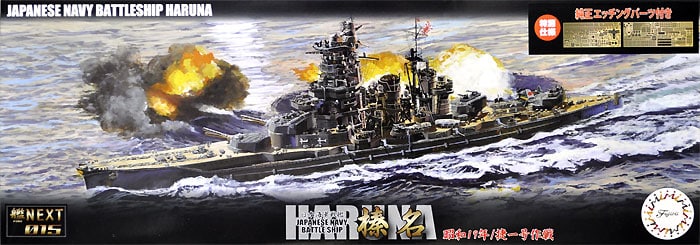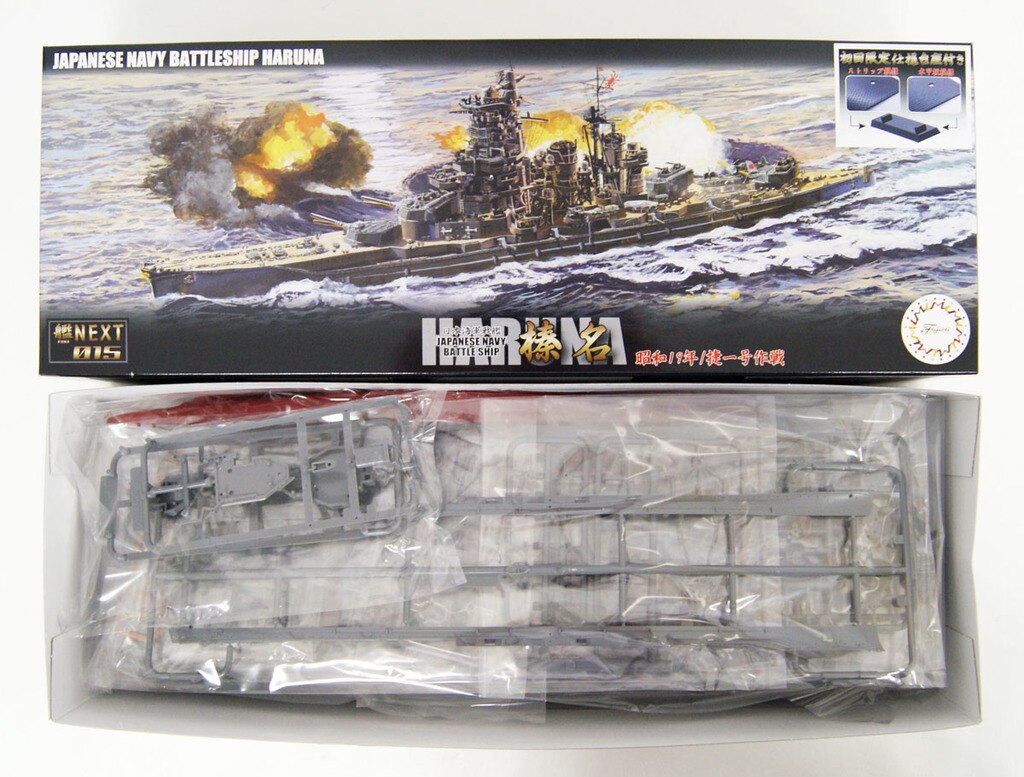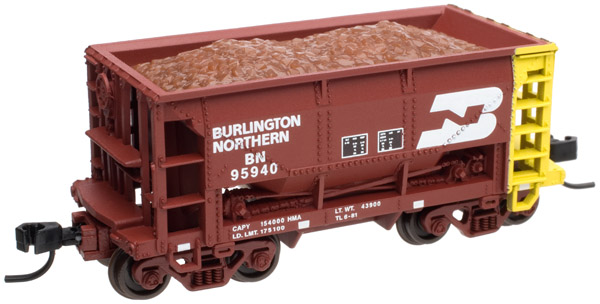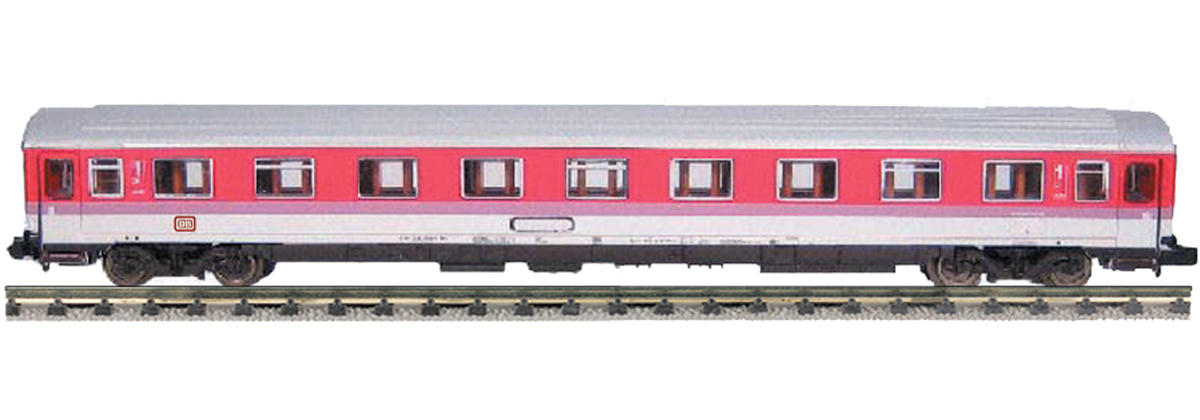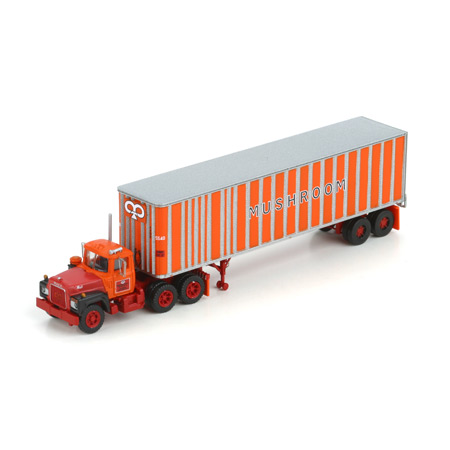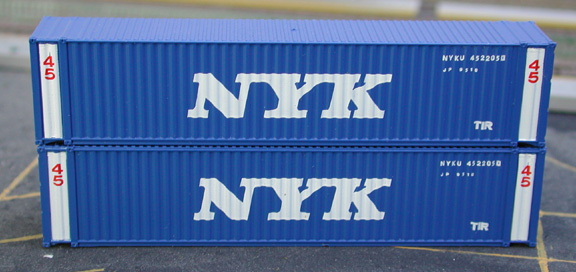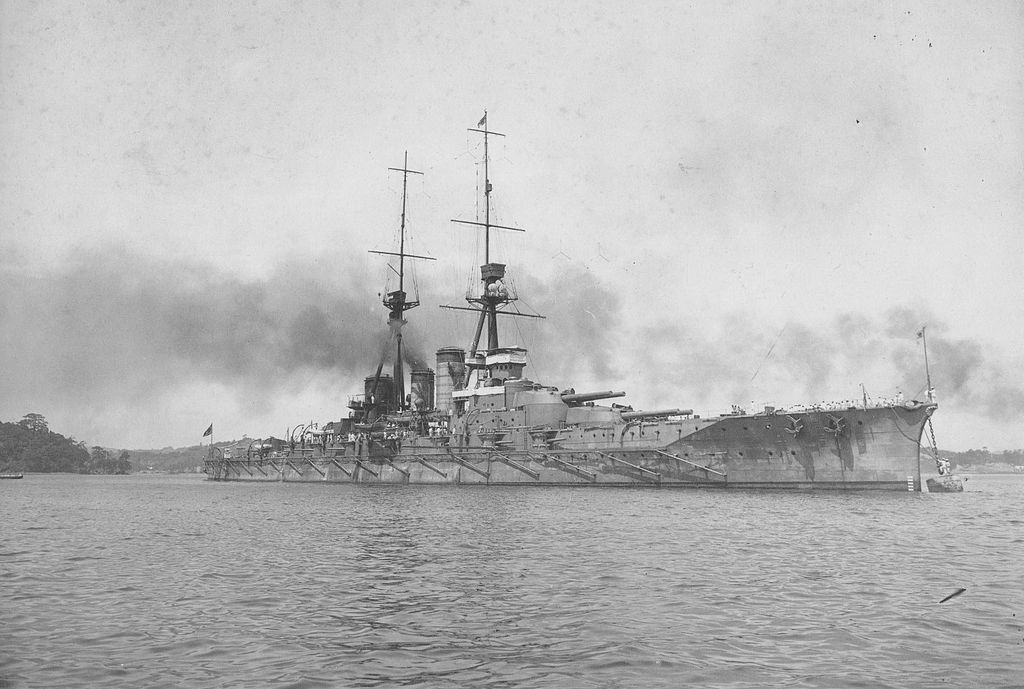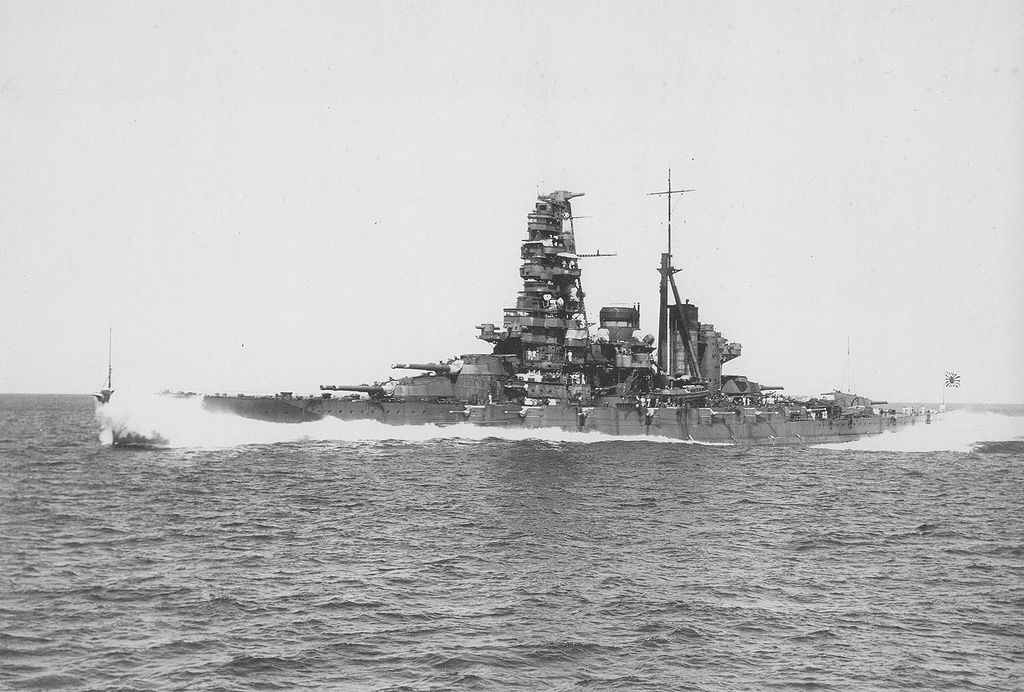Class: The Kongo-class battleships were the most active capital ships of the Japanese Navy during World War II, participating in most major engagements of the war. Hiei and Kirishima acted as escorts during the attack on Pearl Harbor, while Kongo and Haruna supported the invasion of Singapore. All four participated in the battles of Midway and Guadalcanal. Hiei and Kirishima were both lost during the Naval Battle of Guadalcanal in November 1942, while Haruna and Kongo jointly bombarded Henderson Field on Guadalcanal.
The two remaining Kongo-class battleships spent most of 1943 shuttling between Japanese naval bases before participating in the major naval campaigns of 1944. Haruna and Kongo engaged American surface vessels during the Battle of Leyte Gulf. Kongo was torpedoed by USS Sealion in November 1944, while Haruna was sunk at her moorings by air attack in Kure Naval Base in late July 1945 and subsequently scrapped.
The two remaining Kongo-class battleships spent most of 1943 shuttling between Japanese naval bases before participating in the major naval campaigns of 1944. Haruna and Kongo engaged American surface vessels during the Battle of Leyte Gulf. Kongo was torpedoed by USS Sealion in November 1944, while Haruna was sunk at her moorings by air attack in Kure Naval Base in late July 1945 and subsequently scrapped.
Warship: Haruna (榛名) was a warship of the Imperial Japanese Navy during World War I and World War II. Designed by the British naval engineer George Thurston and named after Mount Haruna, she was the fourth and last battlecruiser of the Kongō class, amongst the most heavily armed ships in any navy when built. Laid down in 1912 at the Kawasaki Shipyards in Kobe, Haruna was formally commissioned in 1915 on the same day as her sister ship, Kirishima. Haruna patrolled off the Chinese coast during World War I. During gunnery drills in 1920, an explosion destroyed one of her guns, damaged the gun turret, and killed seven men. During her career, Haruna underwent two major reconstructions. Beginning in 1926, the Imperial Japanese Navy rebuilt her as a battleship, strengthening her armor and improving her speed and power capabilities. In 1933, her superstructure was completely rebuilt, her speed was increased, and she was equipped with launch catapults for floatplanes. Now fast enough to accompany Japan's growing carrier fleet, Haruna was reclassified as a fast battleship. During the Second Sino-Japanese War, Haruna transported Imperial Japanese Army troops to mainland China before being redeployed to the Third Battleship Division in 1941. On the eve of the Japanese attack on Pearl Harbor, she sailed as part of the Southern Force in preparation for the Battle of Singapore.
Haruna fought in almost every major naval action of the Pacific Theater during World War II. She covered the Japanese landings in Malaya (in present-day Malaysia) and the Dutch East Indies (now Indonesia) in 1942 before engaging American forces at the Battle of Midway and during the Guadalcanal Campaign. Throughout 1943, Haruna primarily remained at Truk Lagoon (Micronesia), Kure Naval Base (near Hiroshima), Sasebo Naval Base (near Nagasaki), and the Lingga Islands (in present-day Indonesia), and deployed on several occasions in response to American carrier airstrikes on Japanese island bases. Haruna participated in the Battle of the Philippine Sea and the Battle of Leyte Gulf in 1944, engaging American vessels in the latter. In 1945, Haruna was transferred to Kure Naval Base, where she was sunk by aircraft of Task Force 38 on 28 July 1945.
Haruna fought in almost every major naval action of the Pacific Theater during World War II. She covered the Japanese landings in Malaya (in present-day Malaysia) and the Dutch East Indies (now Indonesia) in 1942 before engaging American forces at the Battle of Midway and during the Guadalcanal Campaign. Throughout 1943, Haruna primarily remained at Truk Lagoon (Micronesia), Kure Naval Base (near Hiroshima), Sasebo Naval Base (near Nagasaki), and the Lingga Islands (in present-day Indonesia), and deployed on several occasions in response to American carrier airstrikes on Japanese island bases. Haruna participated in the Battle of the Philippine Sea and the Battle of Leyte Gulf in 1944, engaging American vessels in the latter. In 1945, Haruna was transferred to Kure Naval Base, where she was sunk by aircraft of Task Force 38 on 28 July 1945.
Brand: Fujimi Mokei Co., Ltd. (フジミ模型株式会社 Fujimi Mokei Kabushiki Gaisha) is a Japanese model manufacturer based in Shizuoka Prefecture. It produces plastic model kits of a variety of vehicles, including model aircraft, model cars, model ships and model armored vehicles along with historical structures and science fiction kits. Since "mokei" means "model" in Japanese, "Fujimi Mokei" is often called "Fujimi Model(s)" in English.
Item created by: gdm on 2019-08-15 11:58:53. Last edited by gdm on 2019-08-15 12:01:04
If you see errors or missing data in this entry, please feel free to log in and edit it. Anyone with a Gmail account can log in instantly.
If you see errors or missing data in this entry, please feel free to log in and edit it. Anyone with a Gmail account can log in instantly.


